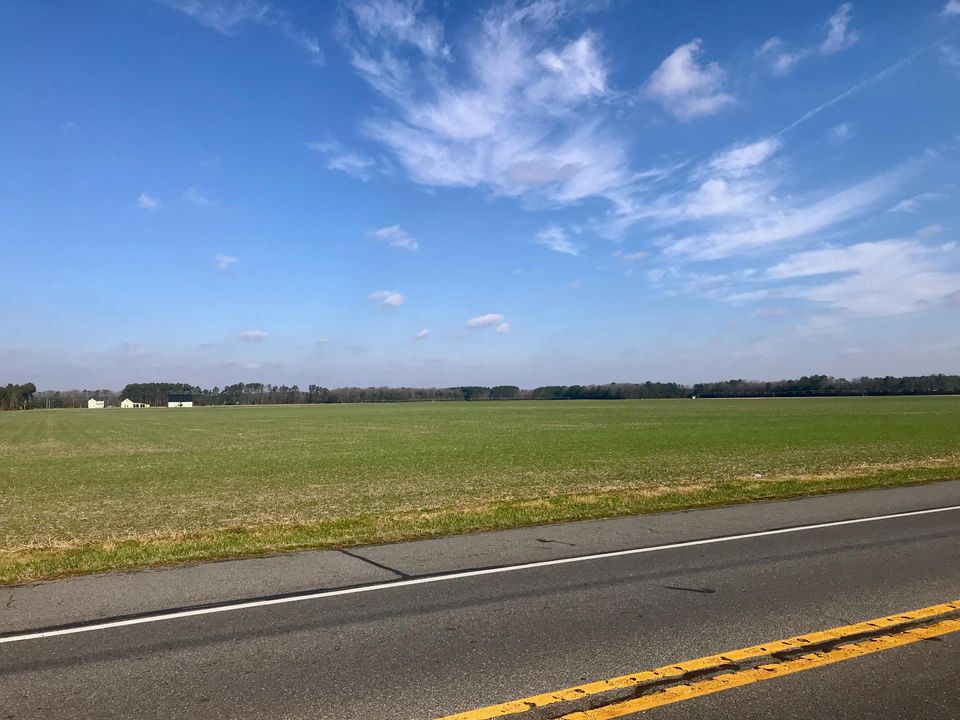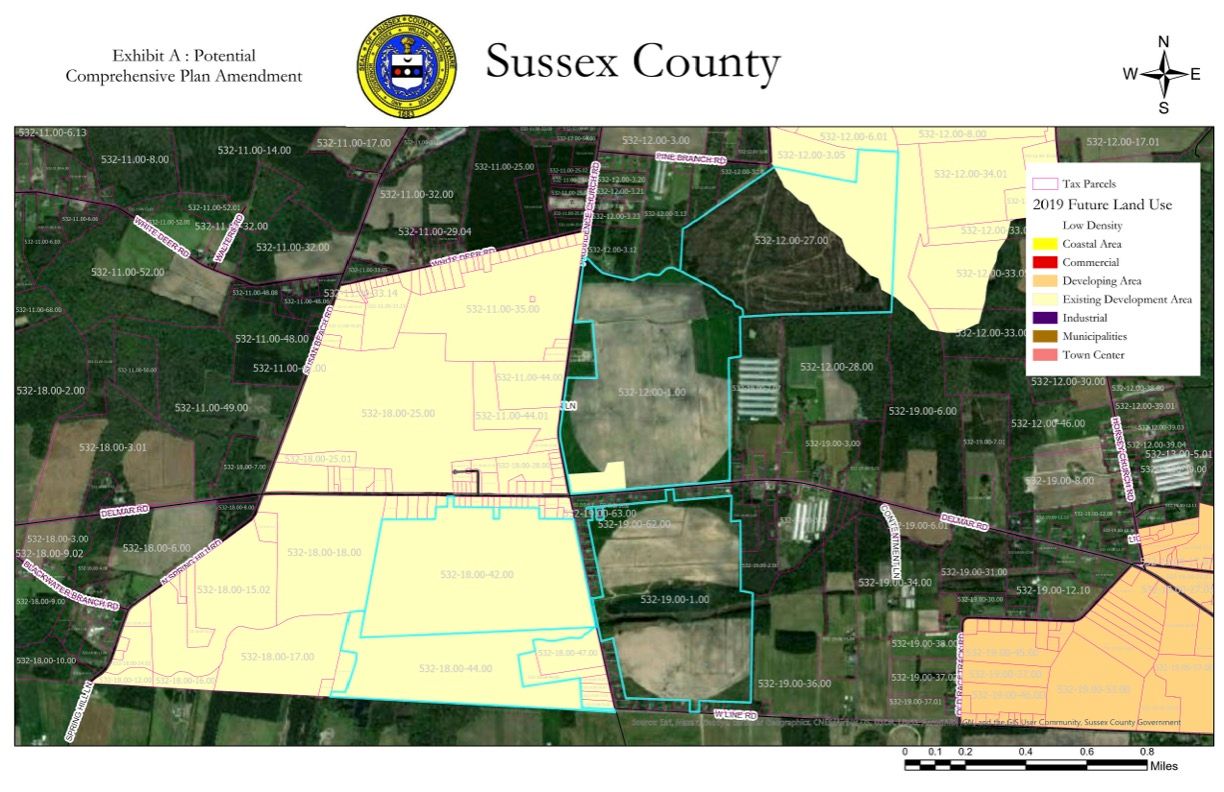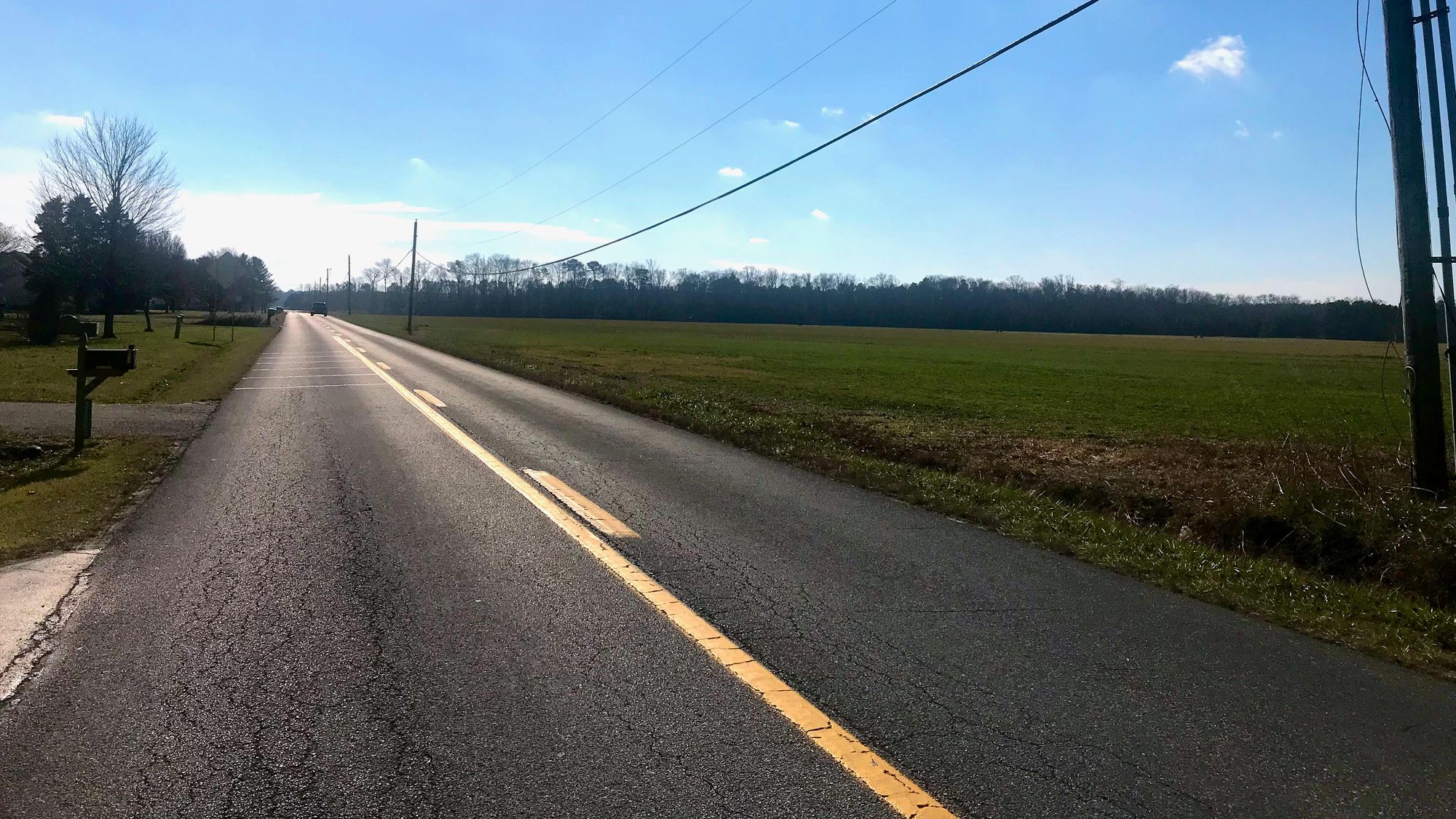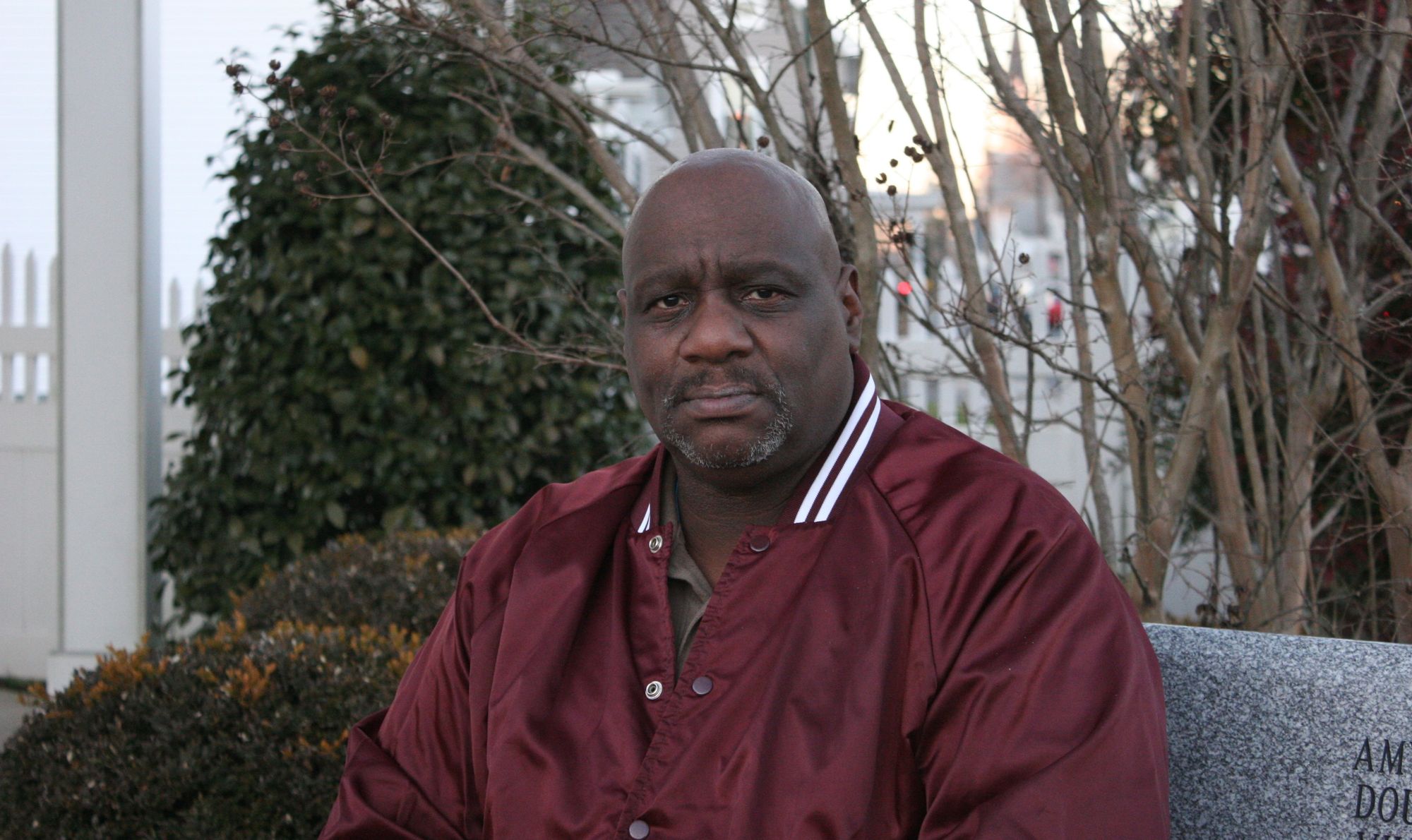State objects to proposal to allow more intensive development on parcels west of Delmar

By Tony Russo
Imagine the population of Newark. Now imagine it wedged between Delmar and Mardela. That’s the population expansion maximum the Sussex County Council is considering in a proposal to revise the county’s comprehensive plan for growth.
If enacted, the change will allow nearly 11,000 new homes on 900 acres along Delmar Road, land currently designated to accommodate 5,000 homes.
The proposal, initiated by Laurel developer Robert Horsey, is a continuation of the “Blackwater Creek” planned golf community first floated in 2006. That proposal fell apart as a result of the housing collapse. Although the specifics of the new proposal have not been released, elements of the Blackwater Creek project were used to demonstrate the reason the county should be allowed to change its comprehensive plan.
The discussion came at the Dec. 14 County Council meeting when the state of Delaware objected to a county ordinance that would make the changes without consulting the state. While Sussex County can make any changes it wants to the comprehensive plan without state approval, doing so could mean the loss of any state supporting money. The idea behind the comprehensive plan is to allow the state to schedule funding for projects that conform to an area’s desire for growth.

“For me, I can see a lot of reasons that this make sense,” said John Rieley, who represents the district in question. “It doesn’t seem as big an ask as you’re describing it.” He was addressing David Edgell, director of the office of state planning coordination. Edgell was objecting to the ordinance on behalf of the state because of what they see as the consequences deviating from the comprehensive plan would have for Sussex County.
For example, the state hasn’t incorporated a plan to deal with providing school construction or bus transportation for what could number more than 30,000 new residents. One idea of making a comprehensive plan is to avoid population spikes in unexpected places, which is why the state objects to the expansion. There is no plan to contract expansion elsewhere to balance out this propose influx of residents.
Similarly, police and fire service planning is based on projected growth, which is why changing the comprehensive plan would have financial consequences.
That is, the state won’t adjust its funding, which would put Sussex County and Delmar residents on the hook for most expenses associated with this major expansion. Recall that Delmar police have to be certified in both states and, along with possibly Laurel police, could be expected to be the primary responders to this new development.
For now, the only settled question is about the roads surrounding the proposed development. The Delaware Department of Transportation has already weighed in on the matter.
“When you look at the state strategies map ... one of the number one topics, if not the number one topic, is traffic and traffic improvements,” said David Hutt, Horsey’s lawyer. “DelDOT’s comments with respect to this application is instructive.”
DelDOT has already said it wouldn’t fund the improvements needed to accommodate the increased traffic. It is an expense about which the developer is already aware.
The developer has already pledged to fund the road improvements needed to accommodate the new growth in the area, but won’t be responsible for arterial improvements: That is, the increased traffic through Delmar and Mardela the population boom is likely to create.
Horsey said he envisioned a community of people attracted to the Salisbury metro area for work opportunities and argued that the comprehensive plan didn’t take into account how close Salisbury was when it designated the area for low density growth rather than high density growth.
Beyond the Route 50 and Route 54 interchange in Mardela and the route through Delmar itself, there are several single lane roads that connect the area with Salisbury, including Providence Church Road and North Springhill Road.

How to deal with the population increase
While the state’s primary objection seemed to be that it didn’t believe Delmar was prepared for the kind of population growth that was requested, Edgell’s main appeal was that the county not approve the development without at least attempting to reconcile the request with the state.
“We’d just like to have more conversations about (this proposal) than just changing the map and seeing what happens,” he said.
As written, the ordinance would have allowed the immediate conversion of low density land to high-density with no restrictions at all.
Hutt said that without the approval, Horsey couldn’t begin to get the zoning and other exemptions and changes that would allow the project to take better shape. That is, right now the plan doesn’t have a scope.
Edgell’s concern was precisely that, and about more than doubling the allowed homes and likely at least tripling the population without any plan on how the surrounding towns and residents would be affected by the influx, especially if the state also were to withhold funds for noncompliance.
The county is within its rights to ignore the comprehensive plan it submitted to the state and the state is within its rights to withhold funding from counties that don’t comply with the plans they submitted to the state.
Whatever population numbers the state and county had been using to predict growth would be changed by doing away with the plan for growth, which was a concern for Keith Steck, vice president of the Delaware Coalition for Open Government and an advocate for better land use.
“This seems to be part of a process that is slowly dismantling the comprehensive plan,” he said. “It shows a disrespect for the public’s opinion ... about what was finally approved by the state as to what was supposed to be done.”
Steck suggested that a change of this magnitude should include better notice. While the council met its responsibilities by running a notification in the classified ads of local newspapers, Steck speculated that more people would have come to the meeting had they known of the plan. He proposed that massive character changes include letters to all of the properties likely affected.
In addition to suffering from its own public infrastructure problems, Delmar is dealing with a police officer shortage and increased pressure from development on its schools already.
Delmar Mayor Mike Houlihan said he hadn’t heard about the proposed change and wanted to speak with his colleagues before comment.
Rieley told The Delaware Independent this will be a years-long process and that the central question is whether the state has the right to dictate how the county uses its land. He said there is a question about whether the current zoning was changed without the county’s knowledge during the comprehensive planning process.
How will Sussex County change?
At the root of the discussion was what Sussex County will look like in another 20 years. Horsey argued that while development has been encouraged in eastern Sussex County, western Sussex has been ignored.
Steck maintained that a drive down Route 24, where development without road improvements chokes traffic between multiple housing developments, is a result of a similar attitude. The final affect would be the transformation of a rural area to a suburban one.
The difficulty for developers, according to Horsey, is that towns like Delmar lack the wastewater capacity to allow for growth near the towns as dictated by the comprehensive plan. As a result, builders willing to build their own septic plants and tap into non-city water are forced to use land at a greater rate than the comprehensive plan instructs.
Several members of the Council, including Rieley, were adamant that the county, not the state, should decide land use issues and seemed ready to pass the ordinance. Council President Michael Vincent impressed upon the rest of the Council the need to at least hear what the state has to say before deciding.
Hutt argued that the council should approve the ordinance and take comments from the state as the process moved along, but Vincent convinced the council to put off the vote until Jan. 4. During that time, the Council will speak with its lawyers to get a sense of whether the state would really withhold funding or if they could negotiate a change to the comprehensive plan. If the state and the county don’t come to terms, the county is still free to ignore the comprehensive plan and face the consequences.
“I realize the state’s on a different timeline, but we want to keep expediting the process as much as we can,” Reiley said, adding that by Jan. 4 would be sufficient time.
Read state feedback on the proposal and see related documents here.
The testimony lasted about 90 minutes and begins at the 4:30:00 mark of the Sussex County video stream of the meeting. If residents have feedback, they can share comments on the proposal with Delmar representative John Reiley here. They can contact the Council in general here.
More stories:



